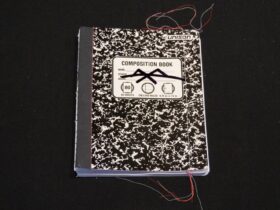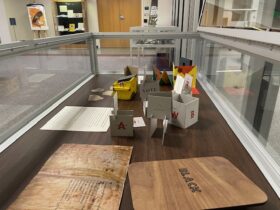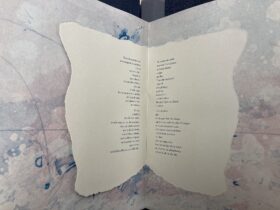In the nineteenth century, hand-bookbinding was considered a trade. Only boys were eligible to enter the trade as apprentices and although women were heavily employed in commercial binderies they were not allowed to advance to higher branches of the trade. A promotion of the revival of the handicrafts led some women to find binders willing to teach them the art of bookbinding. Soon the enthusiasm of these ‘lady bookbinders’ caught on and women all over Britain became interested in the craft. The bookbinding craze reached its height during the Edwardian era and included the establishment of a Guild of Women Binders.
During the period 1880 to 1920 the number of women bookbinders in Britain increased dramatically. Women Bookbinders 1880-1920 is an introduction to the role and work of women craft binders during the period, including Sarah Prideaux, Katharine Adams, Sybil Pye and the Guild of Women Binders. All significant figures are included, and the text is supported with appendices illustrating the tools used by Prideaux, Adams and Pye, and a list of women in charge of bookbinding shops in Britain before 1900. A list of women binders in America is also included.
Tidcombe employs three approaches to her subject. A historical review traces women’s binding activity from the earliest documented binder, in Edward II’s reign, to the trade unionism of the early 20th century. This is followed by chapters on the materials and techniques used by women binders, including sections on embroidered cloth, painted vellum, modelled leather and poker-work bindings. Finally, she narrates the individual histories of her subjects: Prideaux, Adams, Pye and their pupils in Britain and abroad; Frank Karslake and the members of the Guild of Women Binders; and the other women pupils of Cobden-Sanderson, Cockerell, and Zaehnsdorf.
If you are interested in studying bookbinding and the book trade in the late 19th-and early 20th-centuries, this book gives an excellent overview of the role of women book trade during that period. It is also superbly illustrated throughout – with 32 color plates and over 100 black-and-white photographs.
This can be found in Special Collections in the Glenn Bartle Library. We are located on the second floor, just off of the North Reading Room.






